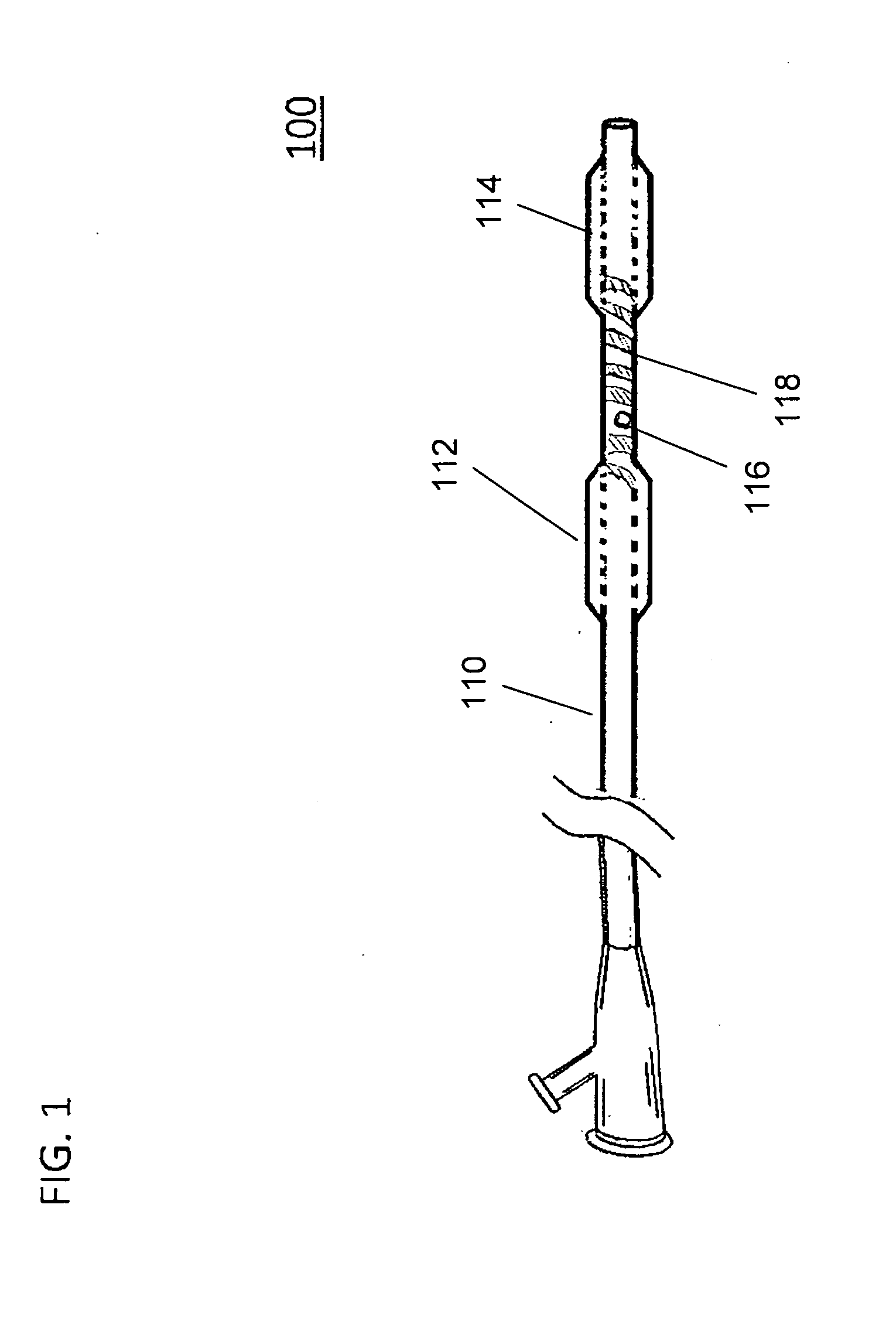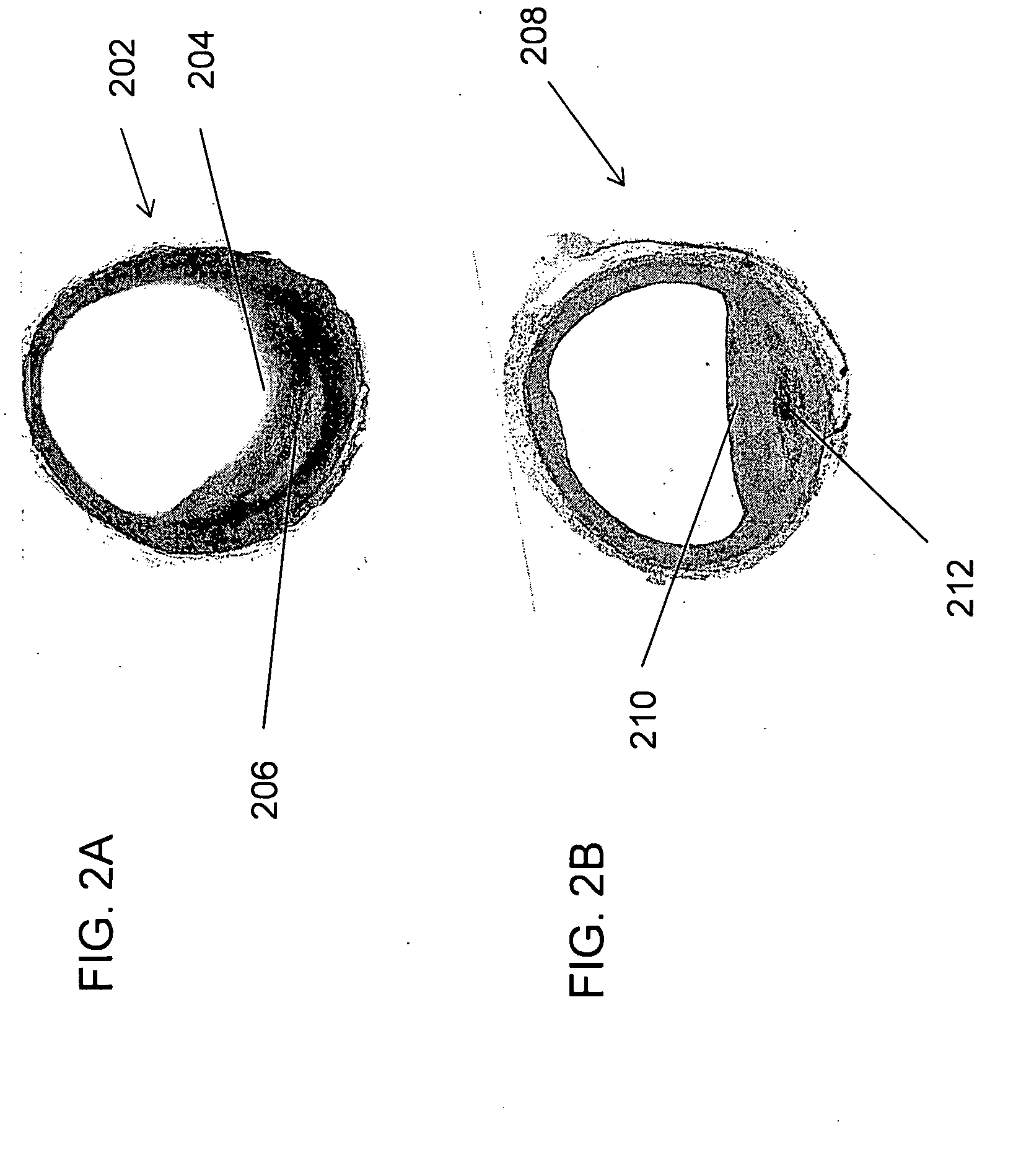Large Animal Model for Human-Like Advanced Atherosclerotic Plaque
a plaque and atherosclerotic technology, applied in the field of animal models of atherosclerotic cardiovascular disease, can solve the problems of plaque fragments breaking off and traveling through the vasculature, further obstruction of the blood vessel, and angina (chest pain)
- Summary
- Abstract
- Description
- Claims
- Application Information
AI Technical Summary
Benefits of technology
Problems solved by technology
Method used
Image
Examples
example 1
[0025]
Materials(500 mL Batch)Weight (g)3.35KL5A2150.0Water for Injection296.97Biostent 10X Buffer50mLn-Vinyl-Caprolactone2.5Fructose0.5Fe-Sulfate0.025Total500.0
[0026]Procedure:[0027]1. Tare 1000 mL glass beaker+magnetic stir bar, record start weight.[0028]2. Weigh 291.65 g of water for injection into beaker.[0029]3. Weigh 0.025 g of Ferrous-sulfate heptahydrate, transfer to beaker and dissolve with stirring.[0030]4. Weigh 0.5 g of Fructose and add to solution in beaker[0031]5. Weigh 150.0 gram of 3,350 dalton polyethylene glycol, lactate (5 subunits), acrylate (one subunit, each end) macromer on balance, transfer to beaker, dissolve with stirring.[0032]6. Add Biostent 10X Buffer (Genzyme, Corp., Cambridge, Mass., USA), continue stirring.[0033]7. Add n-vinyl-caprolactone, stir until dissolved.[0034]8. Adjust final weight of formulation to 500.0 gram if needed.
[0035]To activate the free radical cross-linking process, a photosensitive primer solution is used. The primer solution “prime...
PUM
 Login to View More
Login to View More Abstract
Description
Claims
Application Information
 Login to View More
Login to View More - R&D
- Intellectual Property
- Life Sciences
- Materials
- Tech Scout
- Unparalleled Data Quality
- Higher Quality Content
- 60% Fewer Hallucinations
Browse by: Latest US Patents, China's latest patents, Technical Efficacy Thesaurus, Application Domain, Technology Topic, Popular Technical Reports.
© 2025 PatSnap. All rights reserved.Legal|Privacy policy|Modern Slavery Act Transparency Statement|Sitemap|About US| Contact US: help@patsnap.com



